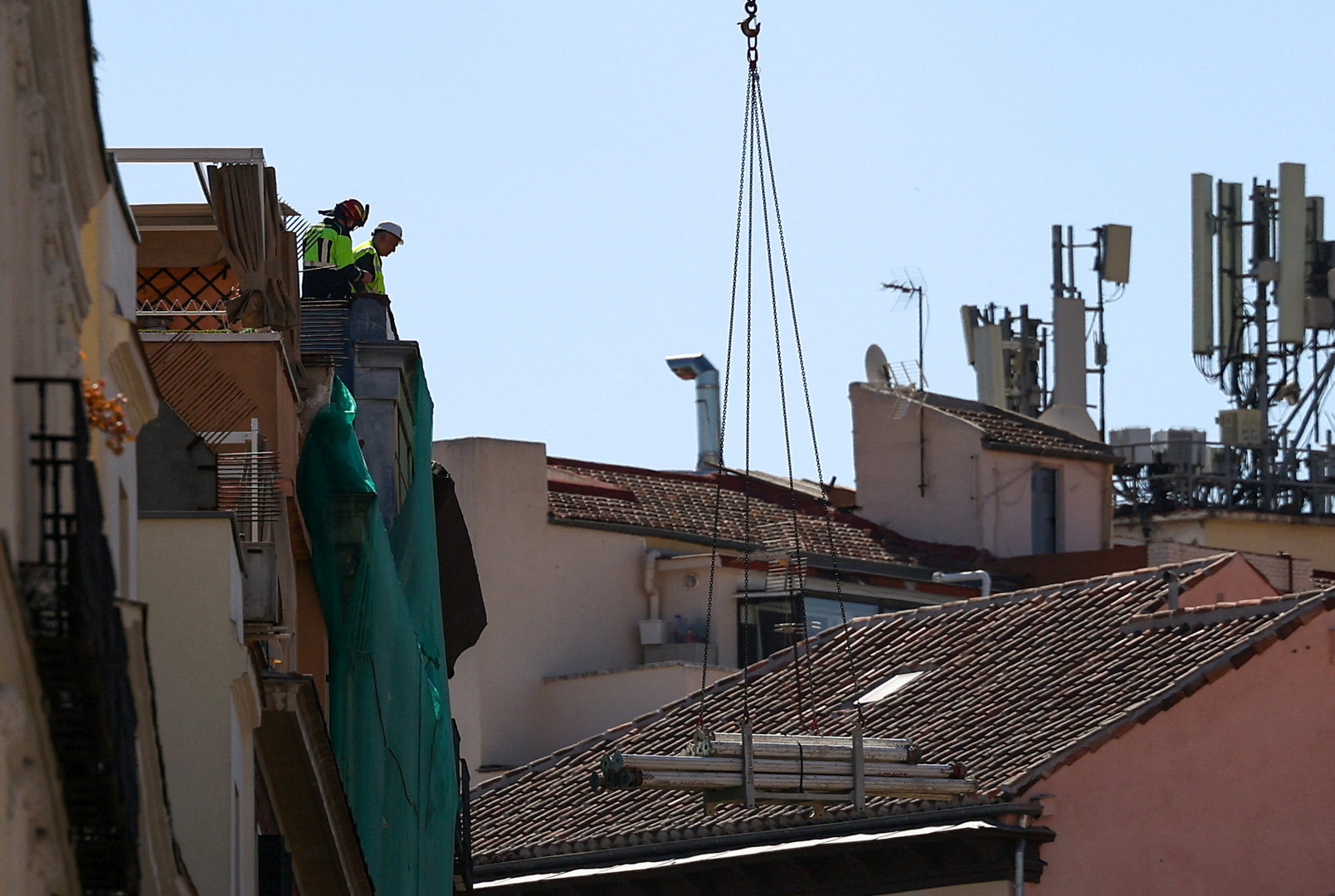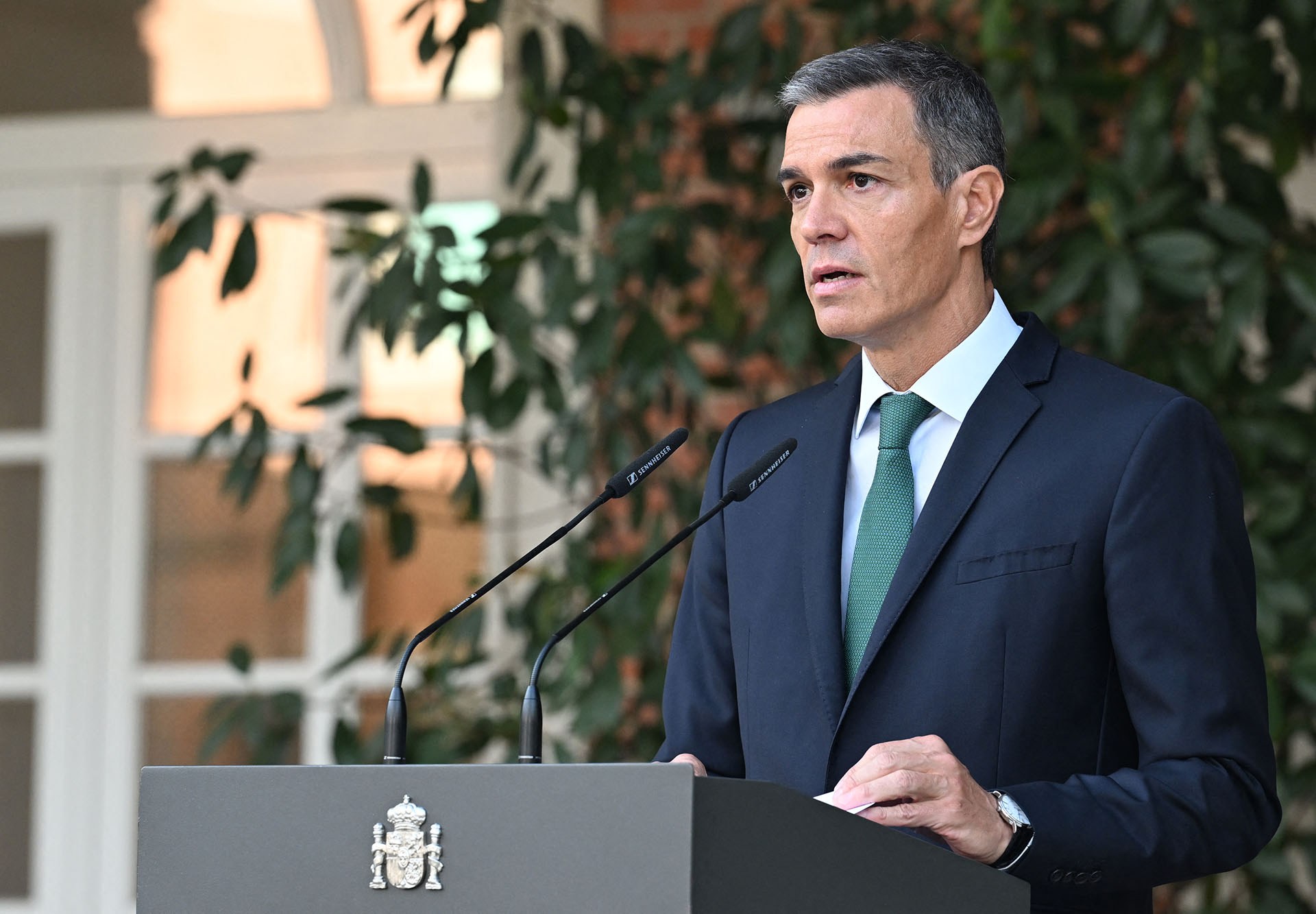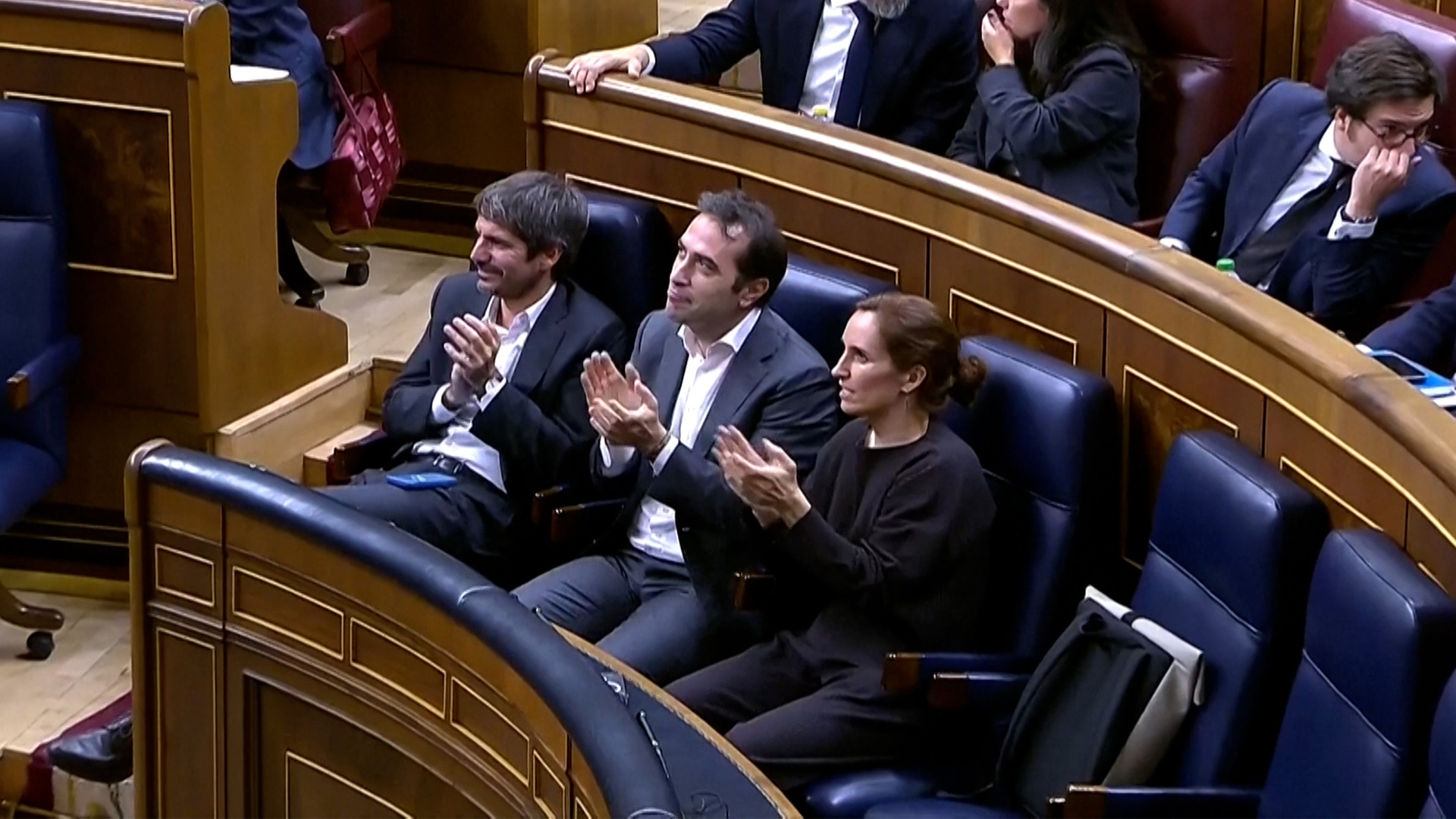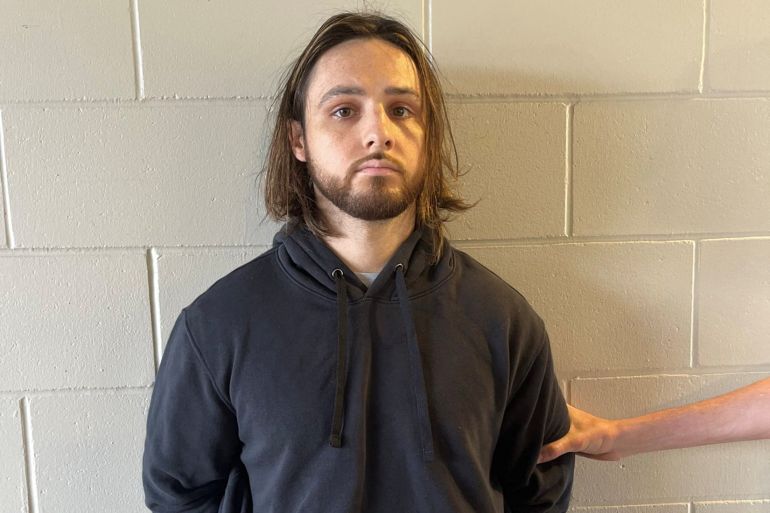New York City has filed a lawsuit accusing Facebook, Google, Snapchat, TikTok and other online platforms of fuelling a mental health crisis among children by addicting them to social media.
The 327-page complaint filed on Wednesday in federal court in Manhattan seeks damages from Facebook and Instagram owner Meta Platforms, Google and YouTube owner Alphabet, Snapchat owner Snap and TikTok owner ByteDance. It accused the defendants of gross negligence and causing a public nuisance.
Recommended Stories
list of 4 itemsend of list
The city joined other governments, school districts and individuals pursuing about 2,050 similar lawsuits in nationwide litigation in the Oakland, California, federal court.
New York City is among the largest plaintiffs with a population of 8.48 million, including about 1.8 million under age 18. Its school and healthcare systems are also plaintiffs.
Google spokesperson Jose Castaneda said allegations concerning YouTube are “simply not true”, in part because it is a streaming service and not a social network where people catch up with friends.
The other defendants did not immediately respond to requests for comment.
A spokesperson for New York City’s law department said the city withdrew from litigation announced by Mayor Eric Adams in February 2024 and pending in California state courts so it could join the federal litigation.
According to Wednesday’s complaint, the defendants designed their platforms to “exploit the psychology and neurophysiology of youth” and drive compulsive use in pursuit of profit.
The complaint said 77.3 percent of New York City high school students admitted to spending three or more hours a day on “screen time” including TV, computers and smartphones, contributing to lost sleep and chronic school absences.
New York City’s health commissioner declared social media a public health hazard in January 2024, and the city, including its schools, has had to spend more taxpayer dollars to address the resulting youth mental health crisis, the complaint said.
The city also blamed social media for an increase in “subway surfing”, or riding atop or off the sides of moving trains. At least 16 subway surfers have died since 2023, including two girls aged 12 and 13 this month, police data show.





